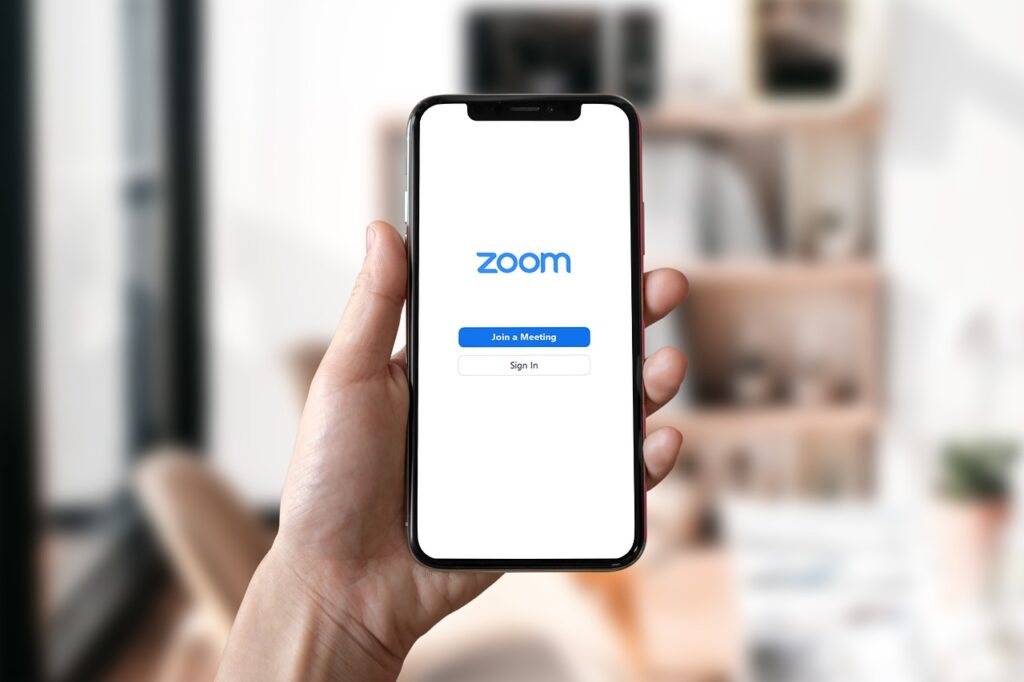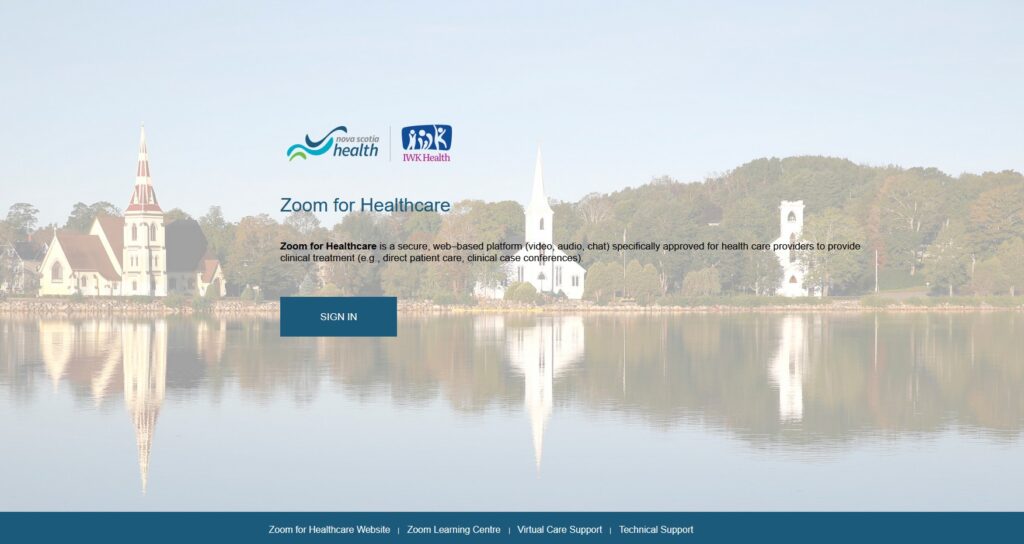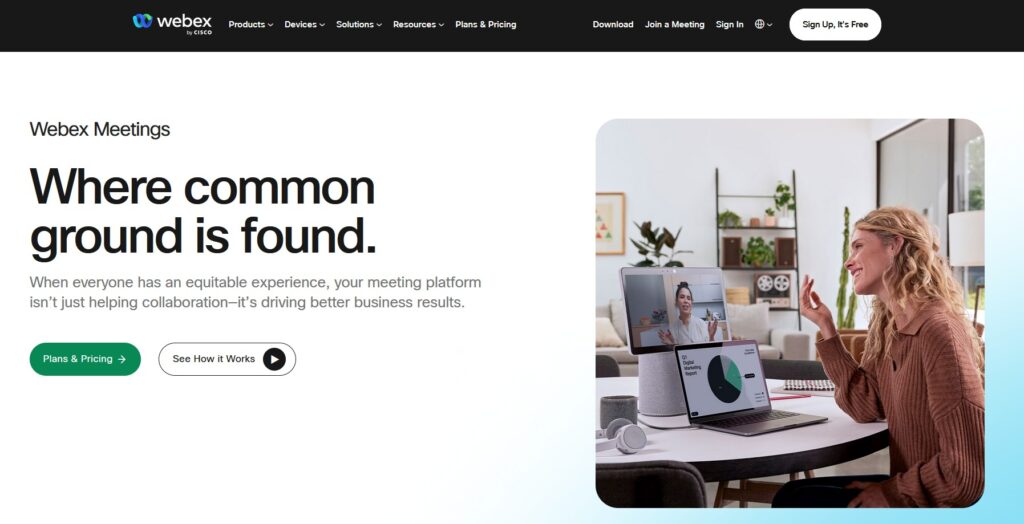As telehealth and virtual consultations become more common, the use of video conferencing platforms has increased. While these virtual consultations bridge geographical distances and enable real-time communication between patients and providers, they also open up the possibility of cyber thefts. More importantly, there is a potential to not meet Healthcare Insurance Portability & Accountability Act (HIPAA) regulations, which mandate that patients’ electronic Protected Health Information (ePHI) must always be secure.
Among video conferencing platforms, Zoom for Healthcare is popular, as it is specifically designed to meet the unique compliance needs of medical professionals and organizations. But is Zoom HIPAA-compliant?
Read on to know.
What Is HIPAA Compliance?
The Health Insurance Portability and Accountability Act (HIPAA), enacted in 1996, is a federal law designed to protect sensitive patient information. Its primary goals are to ensure the confidentiality, integrity, and availability of PHI. To achieve this, it enforces two prominent rules – the Privacy Rule and the Security Rule. The Privacy Rule describes how PHI can be used and disclosed while the Security Rule focuses on safeguarding ePHI.
Who Must be HIPAA-compliant?
HIPAA compliance is mandatory for
- Covered entities like healthcare providers, health plans, and healthcare clearinghouses.
- Business Associates (BA), the third-party service providers who handle PHI on behalf of covered entities.
HIPAA’s Requirements for Video Conferencing and Telehealth Tools
Video conferencing platforms like Zoom must adhere to the following HIPAA requirements,
- Access Controls – Systems must restrict access to PHI, allowing only authorized individuals to participate in telehealth sessions.
- Encryption – All ePHI must be encrypted both in transit and at rest to prevent unauthorized access during transmission or storage.
- Audit Controls – Platforms should maintain logs of who accessed PHI and when.
- Automatic Logoff – Sessions should automatically terminate after a period of inactivity to prevent unauthorized access.
- Business Associate Agreement (BAA) – The platform provider must sign a BAA with healthcare organizations. This agreement outlines the vendor’s responsibilities in protecting PHI and makes them accountable for maintaining compliance.
Video conferencing tools like Zoom must meet these requirements to avoid potential breaches and hefty fines.
Is Zoom HIPAA Compliant?
Let’s explore Zoom’s features to understand how well it maps with HIPAA requirements.
Zoom’s Official Statement on HIPAA Compliance
Zoom offers HIPAA-compliant solutions, but compliance is not inherent across all its services. What this means is that to meet HIPAA standards, healthcare organizations must specifically use Zoom for Healthcare, a tailored version of the platform. This service includes additional security measures and features designed to protect ePHI.
Furthermore, Zoom is willing to enter into a Business Associate Agreement (BAA) with covered entities and business associates. This Zoom BAA contract is a legally binding document that outlines Zoom’s responsibilities in safeguarding PHI, making it accountable in case of a breach.
That said, the responsibility is on the covered entity to specifically choose Zoom for Healthcare and enter into a Zoom BAA contract. Also, they are responsible for properly configuring Zoom according to the provided instructions. If required, employees must be trained to use Zoom’s security features to meet HIPAA’s standards.
Now comes an important question – Is a zoom link HIPAA-compliant for my personal account? No, unless the personal account allows for a BAA. With this, let’s explore what Zoom for Healthcare offers.
Zoom for Healthcare
Source: Zoom for Healthcare
Zoom for Healthcare provides many features and here’s a detailed breakdown.
Business Associate Agreement (BAA)
A key aspect of HIPAA compliance is the BAA. Without this agreement, using Zoom for transmitting PHI would violate HIPAA. The Zoom BAA contract specifies the platform’s role in protecting sensitive data and clarifies the shared responsibilities between Zoom and the healthcare entity.
Covered entities must thoroughly read through this agreement and understand its provisions before signing the Zoom BAA contract.
End-to-End Encryption (E2EE)
Zoom for Healthcare implements AES 256-bit encryption to secure data during transmission. E2EE encrypts any information shared during a telehealth session to protect it from unauthorized access.
However, note that E2EE has limitations. For example, Zoom’s E2EE ensures that data is encrypted between participants, but certain functionalities like cloud recording or real-time transcription may disable E2EE. To work around this limitation, healthcare providers must configure settings appropriately to maintain encryption standards on the stored data.
Access Controls and Role-Based Permissions
Zoom’s robust access control mechanisms allow only authorized individuals to join meetings where PHI may be discussed. Some of its offerings include:
- Password-protected meetings to prevent unauthorized access by requiring a password for entry.
- Waiting rooms that allow hosts to screen participants before admitting them.
- Role-based permissions to sensitive functionalities like recordings to only authorized personnel.
These features help maintain control over who can access telehealth sessions and PHI.
Audit Trails and Activity Logs
HIPAA mandates that organizations maintain logs to monitor PHI access. Zoom for Healthcare includes audit trail capabilities, allowing administrators to track meeting activities, like:
- Who attended the session?
- When the session started and ended.
- Any data sharing or screen sharing that occurred.
These logs provide a transparent record of PHI handling, which is critical for compliance audits.
Automatic Session Termination
Zoom includes an automatic logoff feature that ends sessions after a period of inactivity. This minimizes the risk of unauthorized access, especially in shared or public environments.
Controlled Data Sharing
Zoom provides various options to control data sharing during meetings:
- Hosts can limit screen sharing to specific individuals, reducing the chance of unintentional PHI exposure.
- Zoom allows organizations to disable file transfers during meetings to prevent accidental sharing of sensitive data.
Cloud Recording Controls
While Zoom for Healthcare supports cloud recording, it is a feature that must be used cautiously. Recorded sessions containing PHI are encrypted and stored securely, but healthcare providers must ensure these recordings are handled in compliance with HIPAA. Zoom allows administrators to control who can record meetings and access stored recordings.
Compliance and Security Certifications
Zoom has SOC 2, SOC 3, ISO/IEC 27001, and 27017 certifications to further boost its credibility as a secure platform. Though these certifications are not specific to HIPAA, they indicate that Zoom adheres to high standards of data protection.
In all, is Zoom HIPAA-compliant? Yes, when Zoom for Healthcare is configured and used correctly.
Concerns with Using Zoom for HIPAA Compliance
As discussed above, Zoom for Healthcare meets HIPAA requirements. However, healthcare providers must be aware of potential risks and challenges when using this platform for telehealth services. Here are the important concerns.
Privacy and Data Security Risks
Though Zoom for Healthcare has security measures, there are limitations. E2EE, for example, is not always compatible with certain functionalities like cloud recording or live transcription. In these cases, the encryption reverts to transport layer security (TLS). This creates a potential vulnerability during data transmission.
Additionally, recorded telehealth sessions stored locally or in Zoom’s cloud environment may contain PHI. Though cloud recordings are encrypted, inadequate access controls or weak passwords could expose this sensitive data, resulting in HIPAA violations.
Shared Responsibility Model
Zoom operates under a shared responsibility model for HIPAA compliance. This means healthcare providers are responsible for properly configuring the platform, managing user access, and ensuring their staff adhere to HIPAA-compliant practices. If providers fail to monitor these aspects, they may inadvertently compromise patient data, even while using a compliant platform.
Vulnerabilities to Cyberattacks
Like other online platforms, Zoom also faces cybersecurity threats. Past incidents like “Zoombombing,” where unauthorized users disrupt meetings, have raised concerns. In the last few years, Zoom has implemented stronger default security measures, including meeting passwords and waiting rooms. Still, healthcare providers must remain vigilant.
Dependence on User Configuration
Many of Zoom’s HIPAA-compliant features require manual activation. Features like waiting rooms, meeting passwords, and E2EE must be correctly configured to safeguard PHI. If healthcare providers or their staff overlook these settings, they risk exposing sensitive data.
Third-Party Integrations
Zoom’s compatibility with third-party applications introduces additional risks. If a third-party app lacks HIPAA compliance, it could compromise PHI security. Additionally, data exchanged between Zoom and these applications may not always be encrypted to HIPAA standards. Healthcare providers need to thoroughly vet these integrations to ensure they do not introduce vulnerabilities that could jeopardize compliance.
Limitations of Business Associate Agreements (BAA)
The Zoom BAA contract outlines its obligations to protect PHI but does not cover all risks. It places high responsibility on healthcare providers to manage their use of the platform correctly. For example, if a provider shares a meeting link publicly or fails to secure a recorded session, the resulting breach would likely be their responsibility, not Zoom’s. The BAA ensures Zoom’s accountability within its scope, but it does not protect against missteps on the provider’s end.
Patient Consent and Awareness
To comply with HIPAA, healthcare providers must inform patients about the use of telehealth platforms like Zoom. Patients should be made aware of the platform’s security features and potential risks and must provide informed consent for its use.
To address these challenges, healthcare providers should invest in regular staff training, focusing on secure platform use and proper handling of PHI. Periodic audits of meeting logs and security configurations can help identify and rectify vulnerabilities. Strong authentication methods like Multi-factor Authentication (MFA), can add an extra layer of security to prevent unauthorized access. Providers should also minimize the use of recording features and ensure that any stored sessions are encrypted and accessible only to authorized personnel.
With these measures, healthcare organizations can maximize Zoom’s potential for HIPAA compliance while mitigating the risks associated with its use.
Alternatives to Zoom for HIPAA-Compliant Video Conferencing
Besides Zoom, there are other HIPAA-compliant video conferencing platforms available to choose from. Here are a few prominent ones.
Doxy.me
Source: Doxy.me
This is a browser-based telemedicine platform designed specifically for healthcare providers. It requires no downloads or installations, making it easy for patients to use. Doxy.me offers end-to-end encryption and a BAA to ensure HIPAA compliance. Its simple interface includes features like virtual waiting rooms and screen sharing, making it a popular choice for small clinics and solo practitioners. However, recently, Doxy.me faced a data privacy issue over providing unauthorized access to provider’s details.
eVisit
Source: eVisit
eVisit is a comprehensive telemedicine solution that goes beyond video conferencing. It integrates with electronic health records (EHR) systems, enabling seamless patient management. eVisit also provides HIPAA-compliant features like secure messaging, patient intake, and appointment scheduling. Its robust analytics tools allow healthcare providers to track performance metrics, improving the efficiency of telehealth services.
GoTo
Source: GoTo
GoTo offers a HIPAA-compliant version tailored for healthcare. Known for its high-quality video and audio, GoTo provides features like encrypted cloud recording, waiting rooms, and administrative controls. It also supports integration with third-party applications, making it a good choice for larger healthcare organizations that need scalable and secure communication tools.
Cisco Webex
Source: WebEx
Cisco Webex is another strong contender in the telehealth space. It offers end-to-end encryption, role-based access controls, and a robust BAA. Like Zoom, it must also enter into a BAA and the healthcare provider is responsible for configurations.
Each of these platforms offers a HIPAA-compliant environment, but the best choice depends on the specific needs of the healthcare provider. Consider factors like ease of use, integration capabilities, and the scale of operations to select the right platform.
Conclusion – Choosing the Right Platform
The growing reliance on telehealth has made HIPAA compliance a critical consideration for healthcare providers using video conferencing tools. Zoom for Healthcare offers many features tailored for secure and compliant virtual consultations. However, it is not without limitations, as discussed in the article.
For those seeking alternatives, platforms like Doxy.me, eVisit, and GoTo are also good options. Choosing the right tool depends on factors like the size of your practice, integration needs, and the level of technical expertise available to manage security settings. Make sure to assess their compliance requirements and operational needs before selecting a telehealth platform. Prioritize tools that offer robust security, ease of use, and compatibility with your existing systems to ensure both regulatory compliance and a seamless patient experience.






